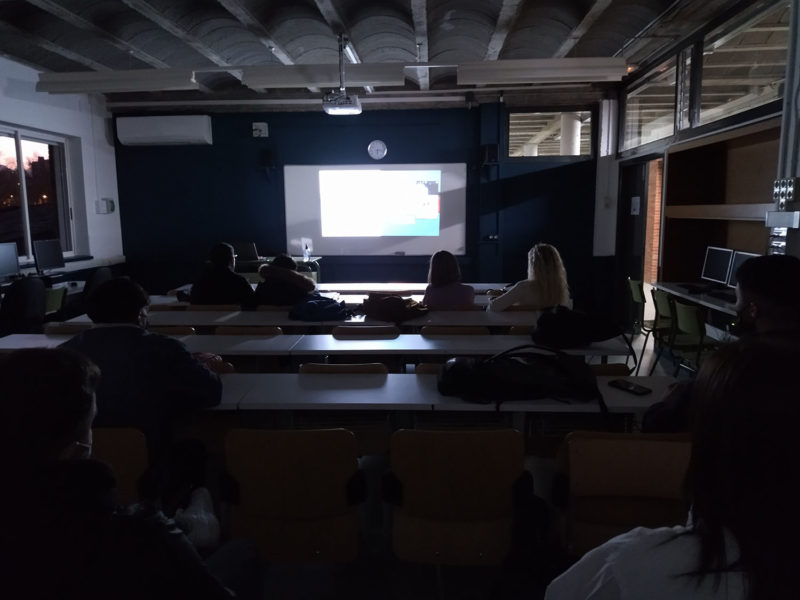

Inflation drives up back-to-school costs
The start of the school year on 5 September is accompanied by an increase of up to 23% in the price of basic items and school supplies compared to last year. The only factor that can compensate for the inflationary spiral is lower public transport fares.
The rise in prices that families will feel is added to the usual financial stress of the back-to-school period between August and September, which accounts for 60% of a pupil’s total expenditure during the school year. A return to routine marked by runaway inflation implies an extraordinary expense for many families that they can ill afford.
The pandemic and logistical problems have increased the price of paper by up to 45%, which, nonetheless, according to data from the National Statistics Institute (INE), has only translated into a relative increase of 23% in the prices of stationery items, such as notebooks and paper, mainly due to the fact that most orders had already been closed for months. Even so, textbooks are among the school supplies that have risen the most (between 5% and 20%) compared to last year.
Spending on books and other stationery is not the only thing that keeps parents awake at night; children often grow up and have to change their wardrobe. This is a particularly significant expense for parents who take their children to a school that requires a uniform. The price of clothing and footwear has risen considerably and follows the trend set by general inflation, although it remains below 10%.
School canteens and charter schools
Last May, the Government confirmed that it was setting a maximum ceiling of 6.54 euros per day, 21 cents more than before, for the canteen service in those public centres where the lunchtime slot lasts two and a half hours, or up to 7.19 euros if the pupils are sporadic diners.
The Ministry of Education justified the price increases with inflation and revisions of collective bargaining agreements that increased staff costs. This argument is also used by state-subsidised schools, where it is estimated that there will be a general increase of up to 3% in the fees charged by these schools. This is particularly significant in Catalonia, which, together with Madrid, is the autonomous community with the most extensive and proportionally the largest network of state-subsidised schools.
The reduction in public transport fares, the circular economy of the book banks that some schools have to contribute to reducing costs, and the aid that can be applied for in the schools themselves, in town councils and regional councils, are options to be considered by families who cannot afford this unprecedented situation at the start of the school year.
11Onze is the community fintech of Catalonia. Open an account by downloading the super app El Canut for Android or iOS and join the revolution!
Leave a Reply
You must be logged in to post a comment.





👍
👍
🙌
Merci
A tu, Jordi!!!